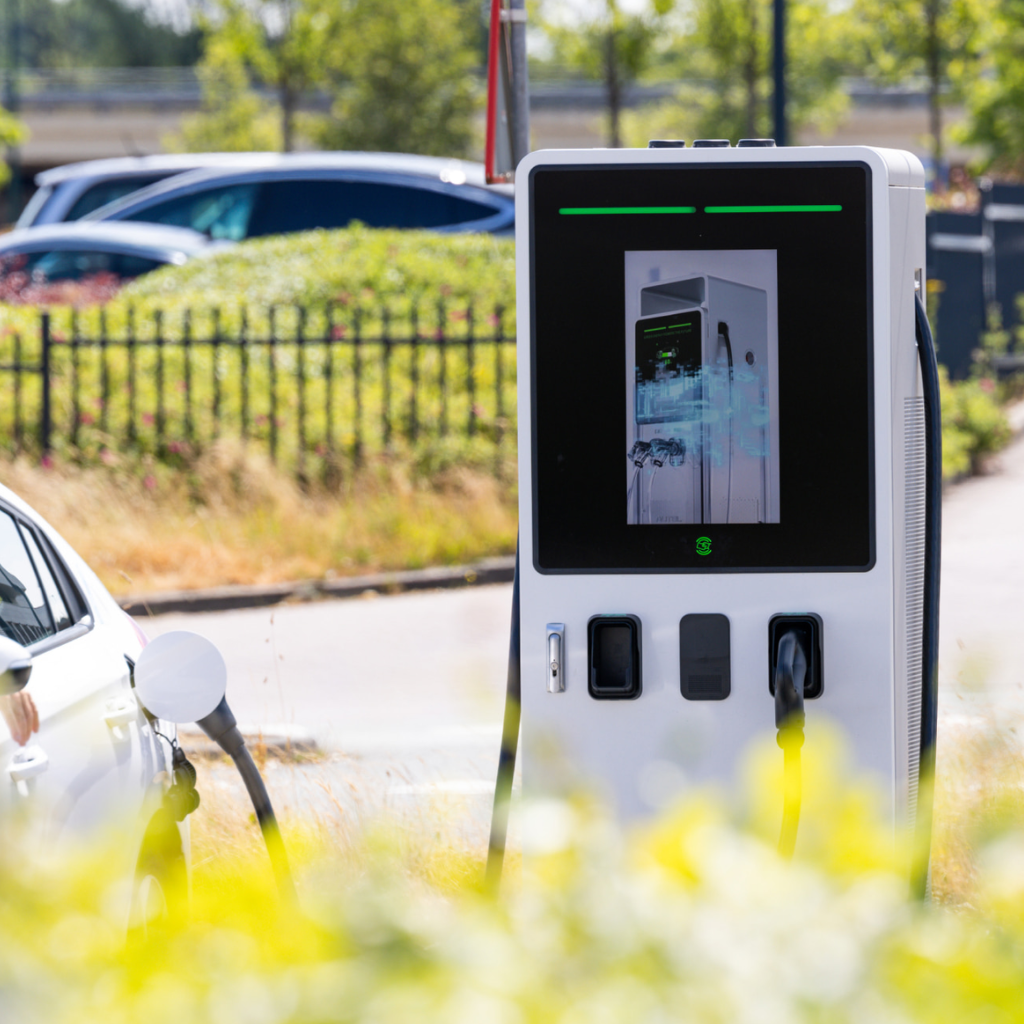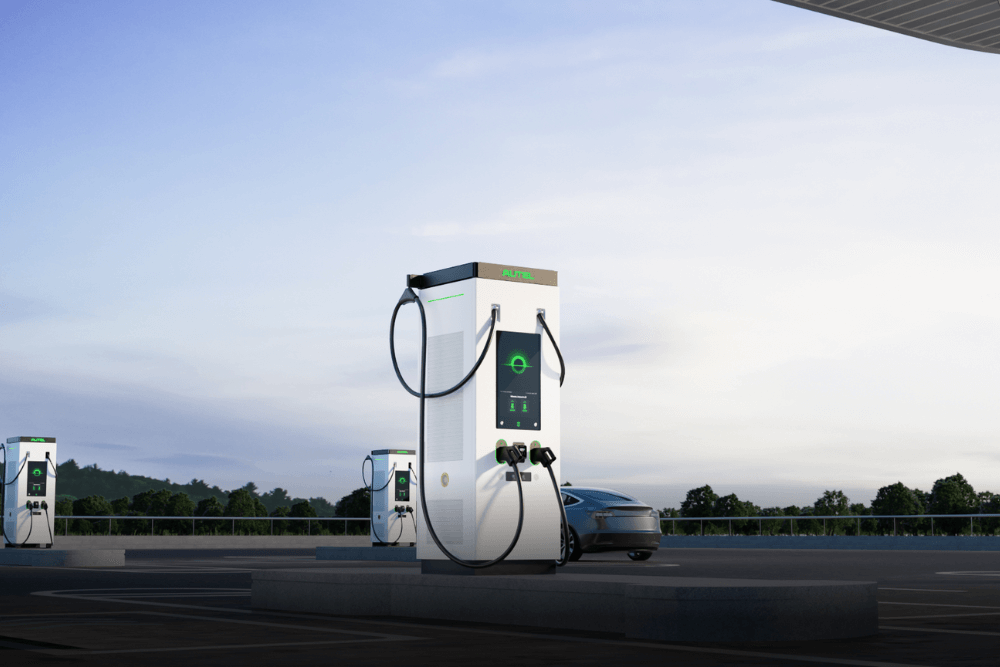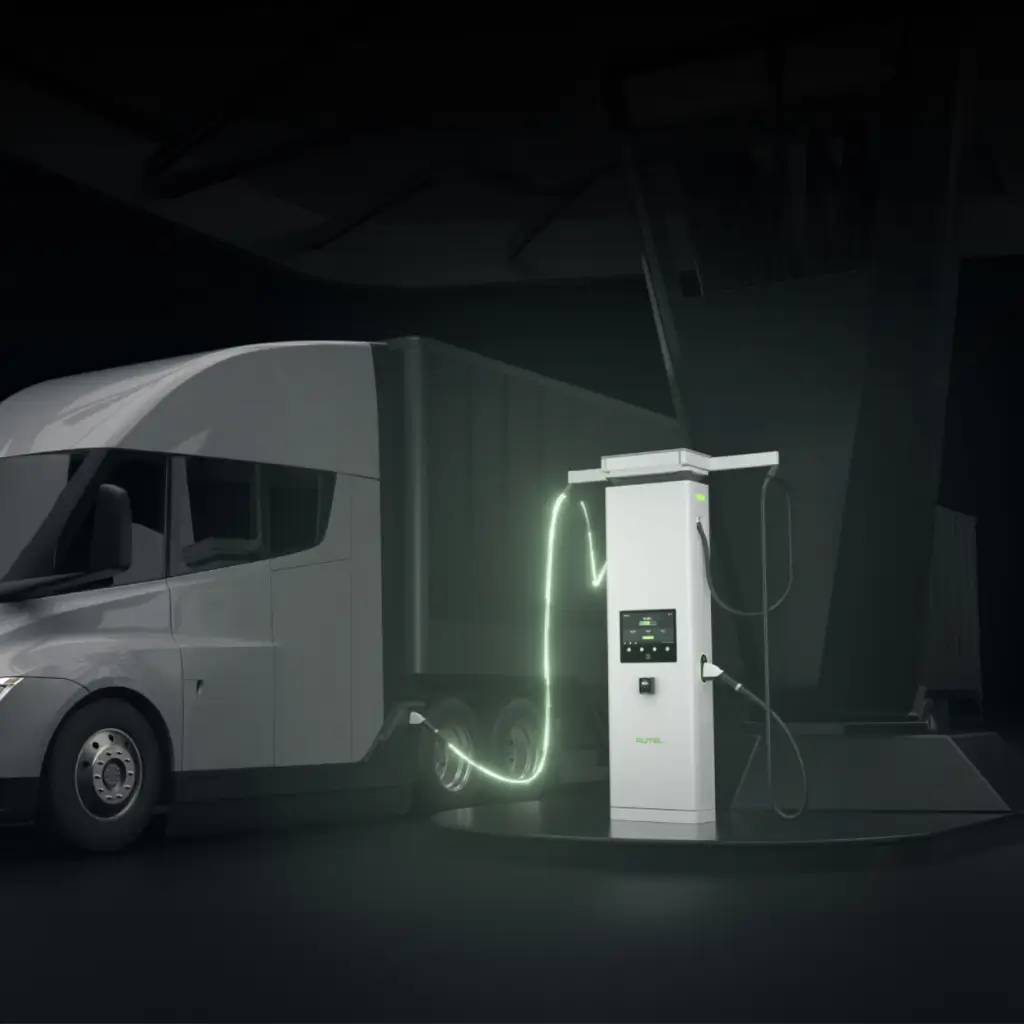
- MaxiCharger DH480
- MaxiCharger AC Pro
- MaxiCharger DC HiPower
- MaxiCharger DC Fast
- MaxiCharger DC Compact
- MaxiCharger AC Elite

- For CPOs
- For Fleets
- For Destination
- For Residential
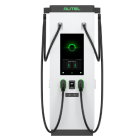 MaxiCharger DH480
MaxiCharger DH480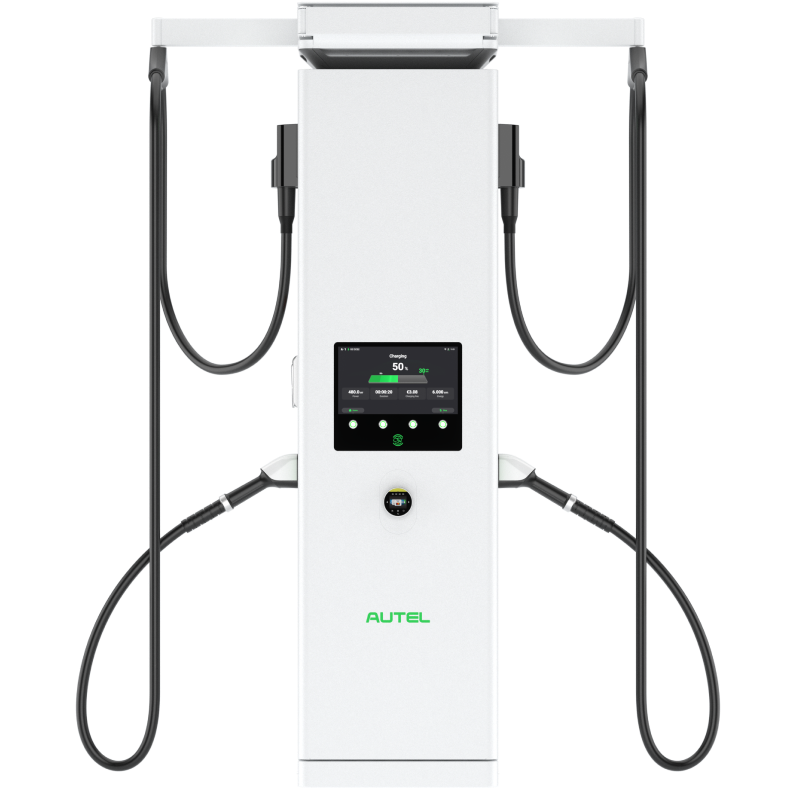 MaxiCharger DC HiPower
MaxiCharger DC HiPower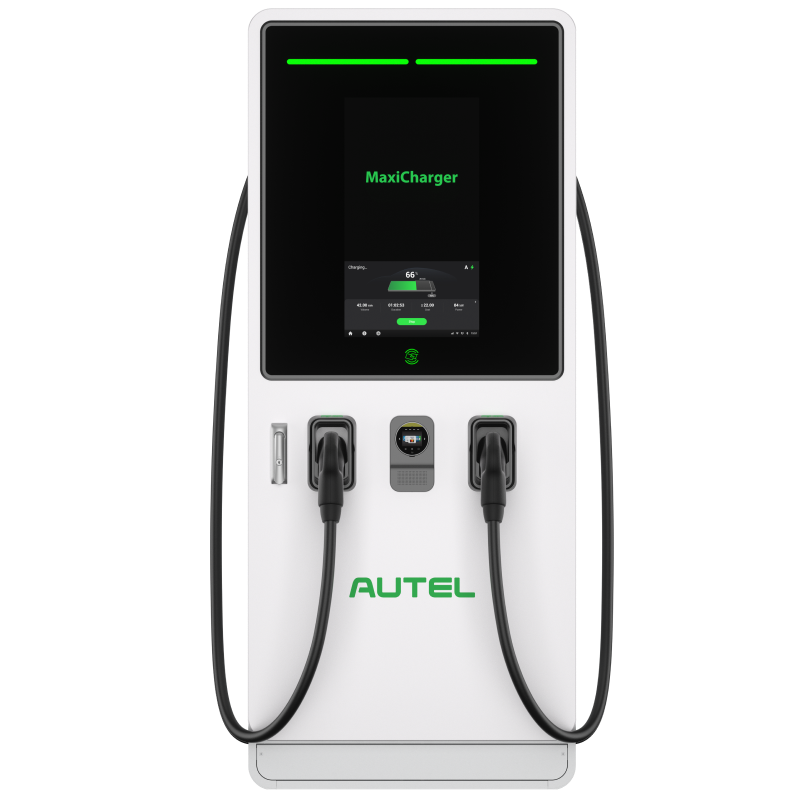 MaxiCharger DC Fast
MaxiCharger DC Fast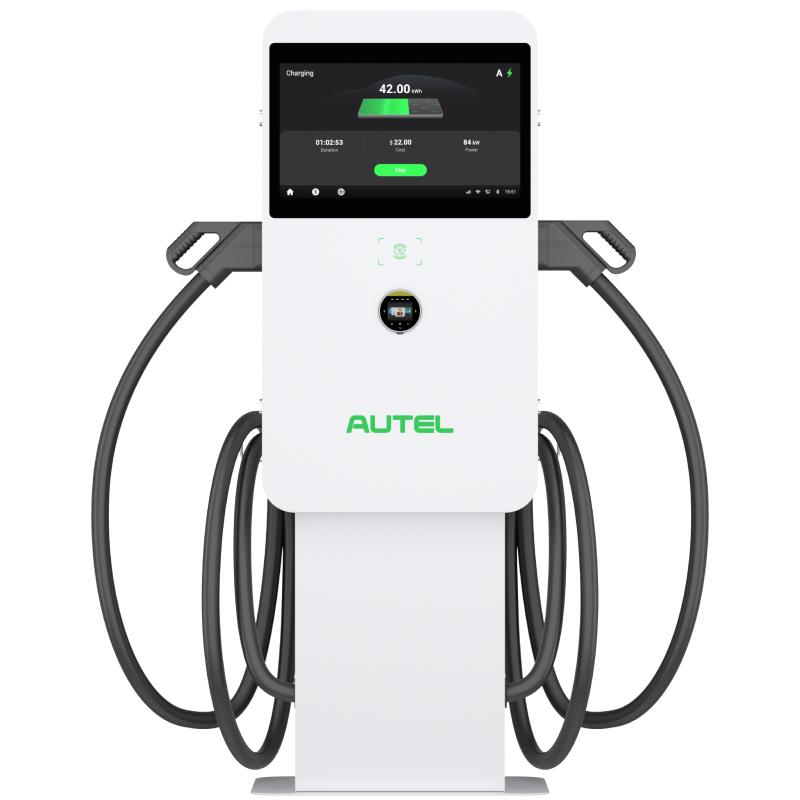 MaxiCharger DC Compact
MaxiCharger DC Compact
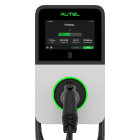 MaxiCharger AC Pro
MaxiCharger AC Pro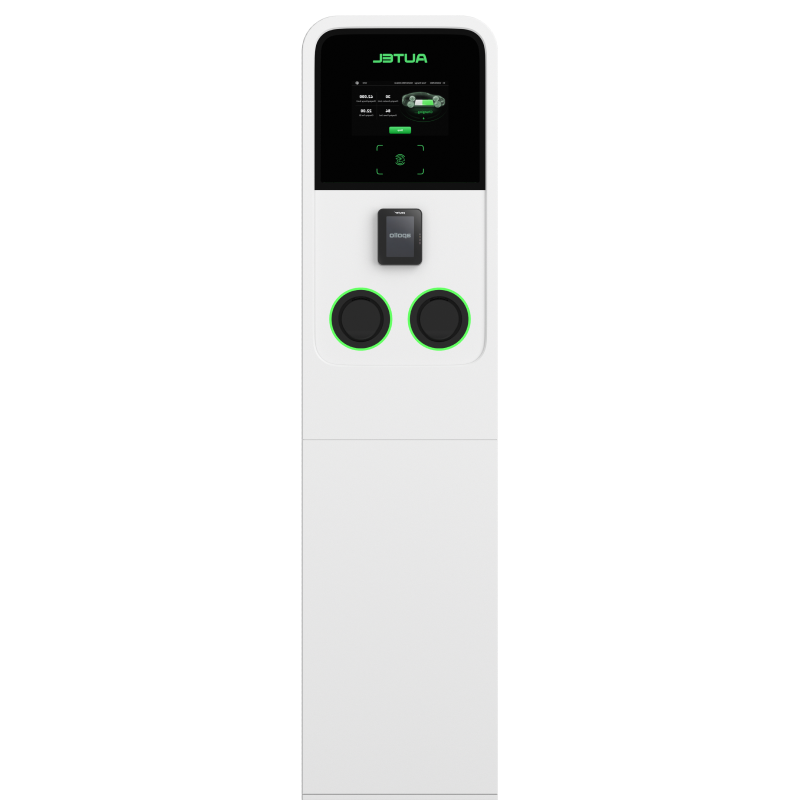 MaxiCharger AC Ultra
MaxiCharger AC Ultra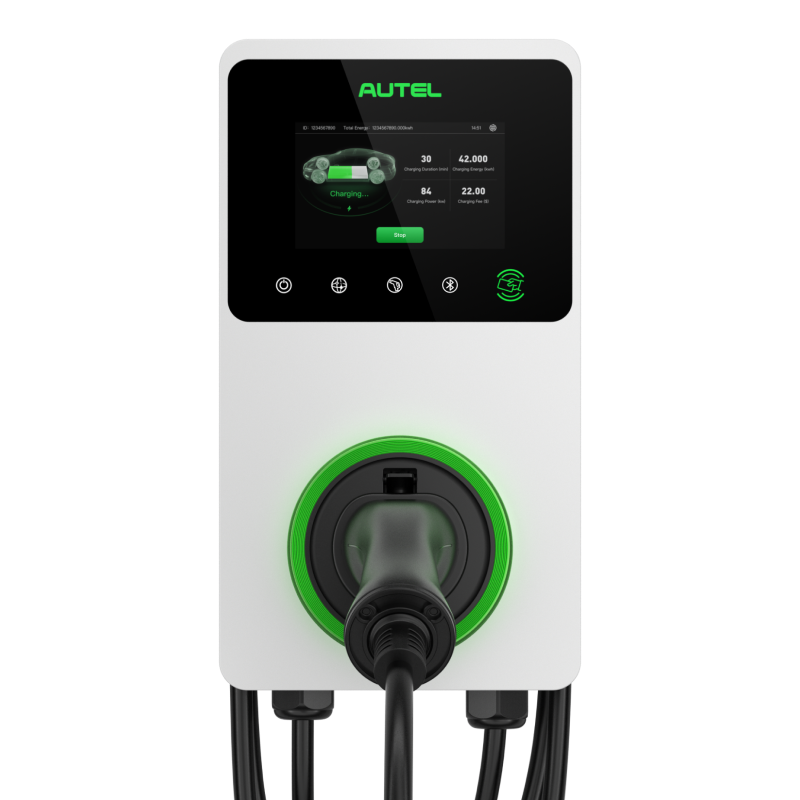 MaxiCharger AC Elite
MaxiCharger AC Elite
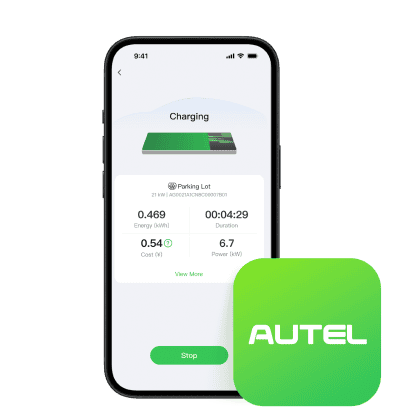 Software
Software
- Partner Introduction
- Become A Partner
- Event
- FAQ
- Blog
- About Autel
- Contact Us
- Sustainability
- Newsroom
- Brand Center
- Product Center
The difference between level 1 & 2 EV chargers
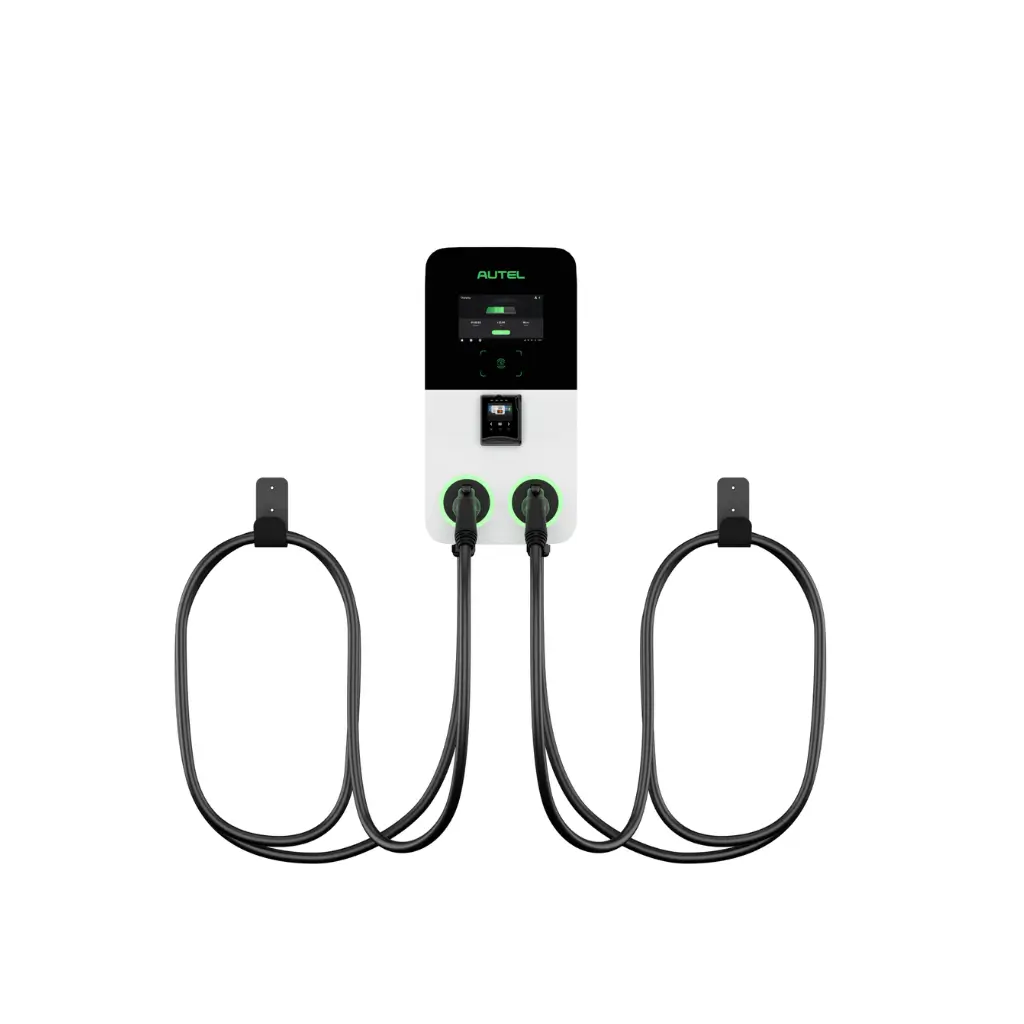
Level 1 EV chargers use standard 120V outlets, charging slowly at 2–5 miles per hour. In contrast, Level 2 chargers operate on 240V circuits, delivering much faster speeds. Read on to discover how these differences can impact your EV charging needs.
EV Charging Technology Overview
What Are Level 1 Chargers?
Level 1 chargers use standard 120V outlets and are designed for simplicity and ease of use.
Speed: Add approximately 2–5 miles of range per hour.
Installation: No special installation is needed; just plug into an existing outlet.
Ideal For: Home use or small offices where charging speed is not critical.
What Are Level 2 Chargers?
Level 2 chargers operate on 240V circuits, providing faster charging speeds and increased power.
Speed: Deliver between 10–60 miles of range per hour, depending on the unit.
Installation: Require a dedicated 240V circuit and professional installation, with costs ranging between $500 and $2,000.
Ideal For: Homes, businesses, and public areas needing quick and efficient charging.
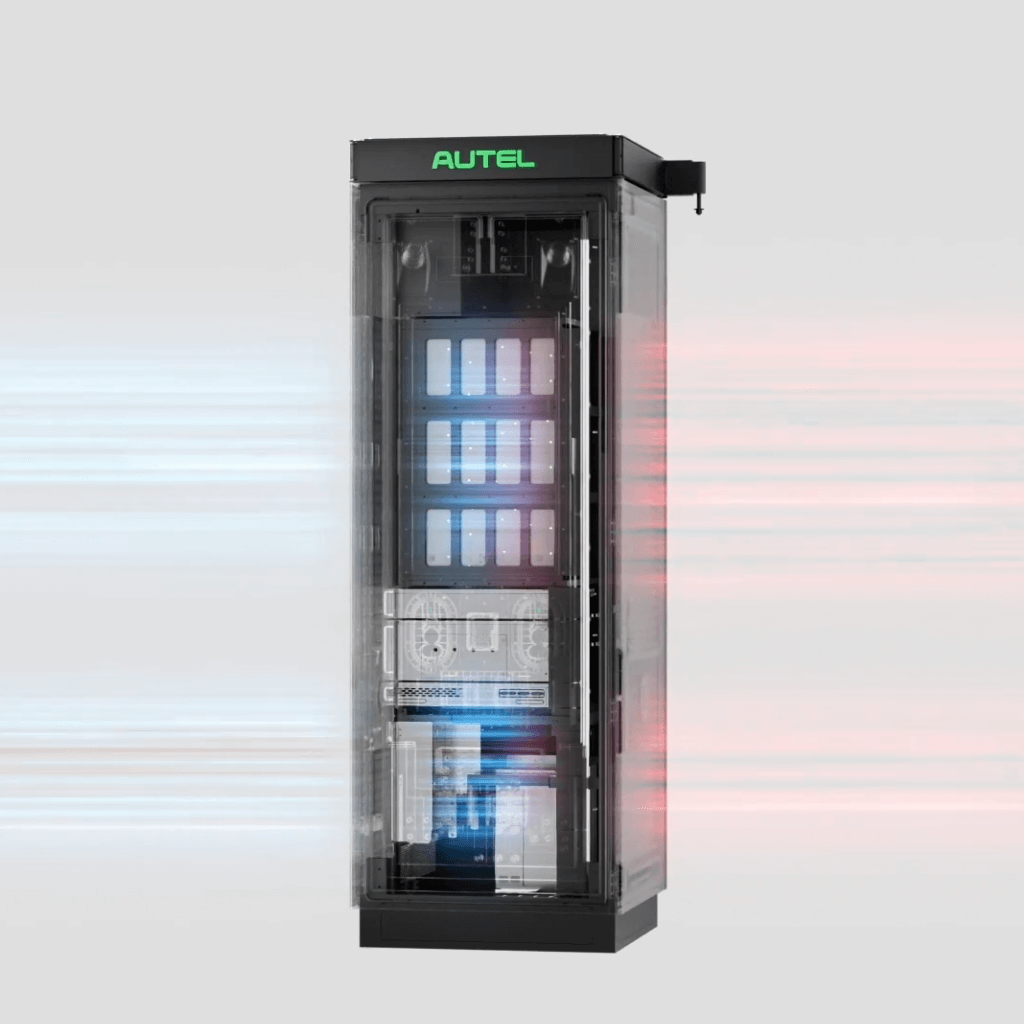
Comparison: Key Differences
Charging Speeds and Efficiency
Level 1: Slower charging with 2–5 miles per hour, suitable for overnight charging at home.
Level 2: Charges 2–3 times faster, reducing downtime significantly in busy environments.
Efficiency Note: Level 2 chargers typically offer 10–15% better energy efficiency.
Power Output and Electrical Requirements
Level 1: Typically provide around 1.4 kW, operating at 120V with roughly 12A.
Level 2: Range from 3.3 kW to over 7.2 kW, using 208–240V and 30–40A.
These figures help match the charger’s capacity with your EV’s energy needs.
Installation Requirements and Costs
Level 1: Plug-and-play installation using standard outlets minimizes setup costs.
Level 2: Involves electrical upgrades such as dedicated circuits, often costing between $500 and $2,000 per unit.
Cost Comparison: While Level 1 chargers are usually included with the EV, Level 2 units cost between $400 and $1,200, plus installation fees.
Related Reading:How Much Does A Commercial EV Charging Station Cost?
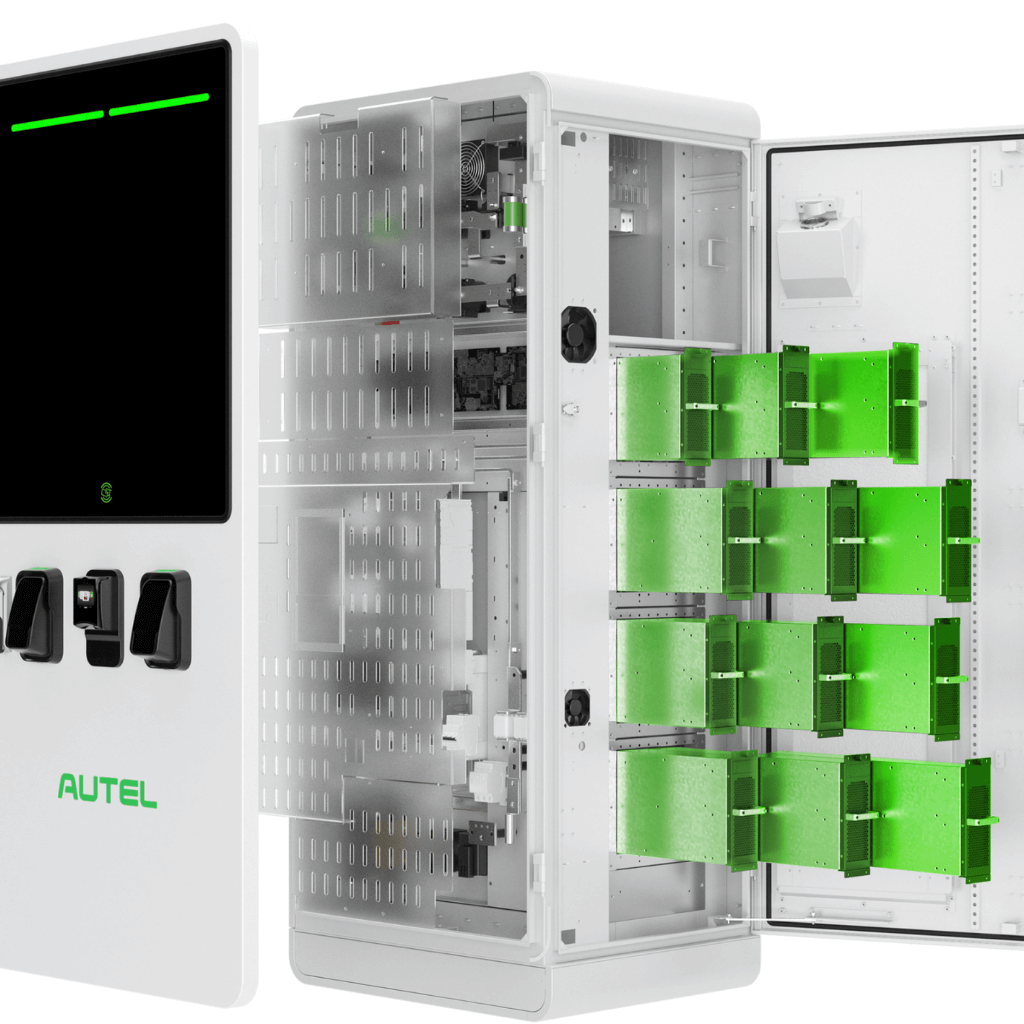
Practical Considerations
Use Cases for Home and Business
Home Charging: Level 1 is ideal for overnight charging if daily driving needs are moderate.
Business and Public Use: Level 2 stations are more efficient for workplaces, public parking areas, or fleet operations where quick turnaround is essential.
Impact on Energy Bills and Return on Investment (ROI)
Smart charging systems with Level 2 units can lower electric bills by 10–20% and may offer ROI within 3–5 years through energy savings and reduced maintenance.
Safety and Certifications
Both Level 1 and Level 2 chargers must meet stringent safety standards such as UL and SAE certifications, ensuring reliable and safe operation.
Future Outlook and Recommendations
Future-Proofing EV Infrastructure
Investing in scalable Level 2 charging systems can accommodate a projected 20–30% increase in EV use over the next decade. This forward-thinking approach ensures your charging infrastructure remains robust and adaptable to future needs.
Final Recommendations
For Beginners: Level 1 chargers provide an accessible and cost-effective solution with minimal installation hassle.
For Frequent or Commercial Use: Level 2 chargers, despite higher upfront costs, offer faster charging, better efficiency, and long-term savings.
Further Exploration: For those interested in exploring advanced charging options, consider checking out the autel ev charger. Hautel Energy is a leading provider of innovative EV charging solutions that combine state-of-the-art technology with practical design, ensuring both reliability and efficiency.
Conclusion
Understanding the differences between Level 1 and Level 2 EV chargers is essential for making an informed decision. By considering factors like charging speed, installation requirements, and long-term savings, you can choose a solution that best fits your needs—whether for home convenience or enterprise-level performance.
